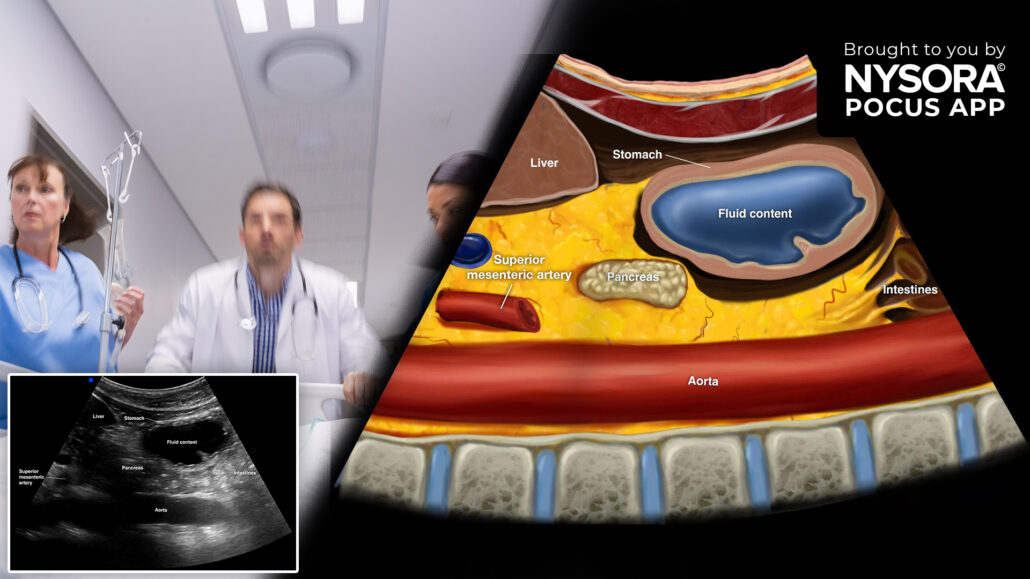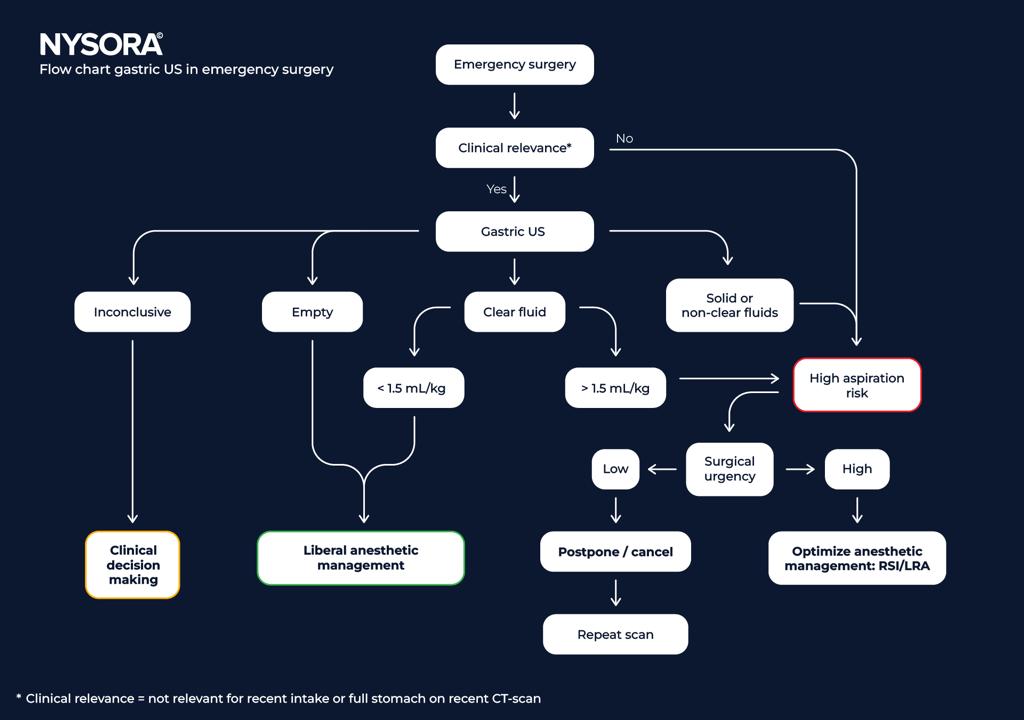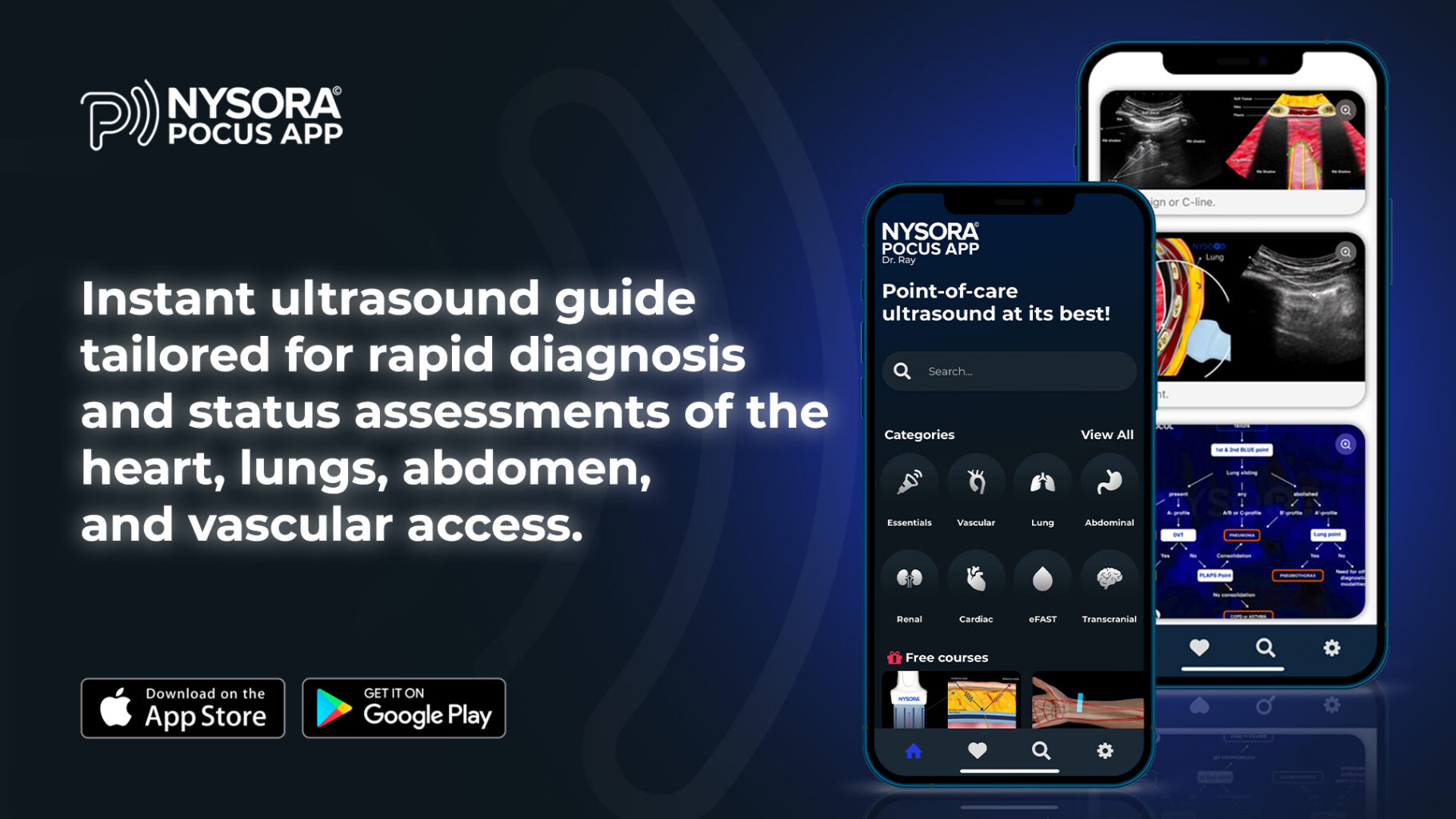
Alert: every anesthesiologist should master gastric ultrasound
Emergency surgery presents a unique challenge as patients may not be fasted. Assessing gastric content, whether full or empty, becomes pivotal, influencing anesthesia choices and perioperative strategy to mitigate aspiration risks during intubation.
By employing ultrasound to assess gastric content, medical professionals can swiftly and confidently make decisions regarding anesthesia and airway management. This non-invasive technique allows for the visualization of gastric contents, helping differentiate between clear, empty stomachs and those with residual contents.
Imagine the following case:
A 40-year-old patient broke his wrist after falling from the stairs. 3 hours before the accident, he had a couple of glasses at an after-work celebration. Your surgeon is eager to operate on him. What’s your strategy?
In these cases, gastric ultrasound can be of immense value. Imagine you use your POCUS knowledge and scan the stomach. You see the following ultrasound image:

Ultrasound and Reverse Ultrasound Anatomy of a stomach with fluid content.
Here, the stomach is filled with hypoechogenic intraluminal content. Fluid in the stomach leads to distinctive visual indicators. This includes a noticeable rounding and distension of the antrum, along with thinning of the stomach walls. When assessed sonographically, a clear distinction can be made between two types of fluids: clear fluids and non-clear fluids (such as suspensions or milk).
- Clear fluids are anechoic.
- Non-clear fluids appear hyperechoic.
However, it is important to understand that the stomach itself also produces fluid. Gastric ultrasound can help to differentiate between endo- and exogenous fluid content. In our next post, we will teach you how much fluid is considered too much. Stay tuned.

Clinical decision pathway for anesthesia in emergency surgery based on gastric ultrasound.
Transform your practice with the power of POCUS using NYSORA’s POCUS App. Enhance your skills, broaden your diagnostic capabilities, and provide outstanding patient care. Experience the difference today – Download the app HERE.




